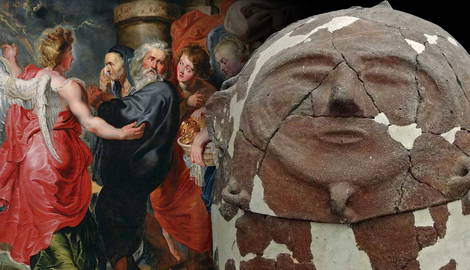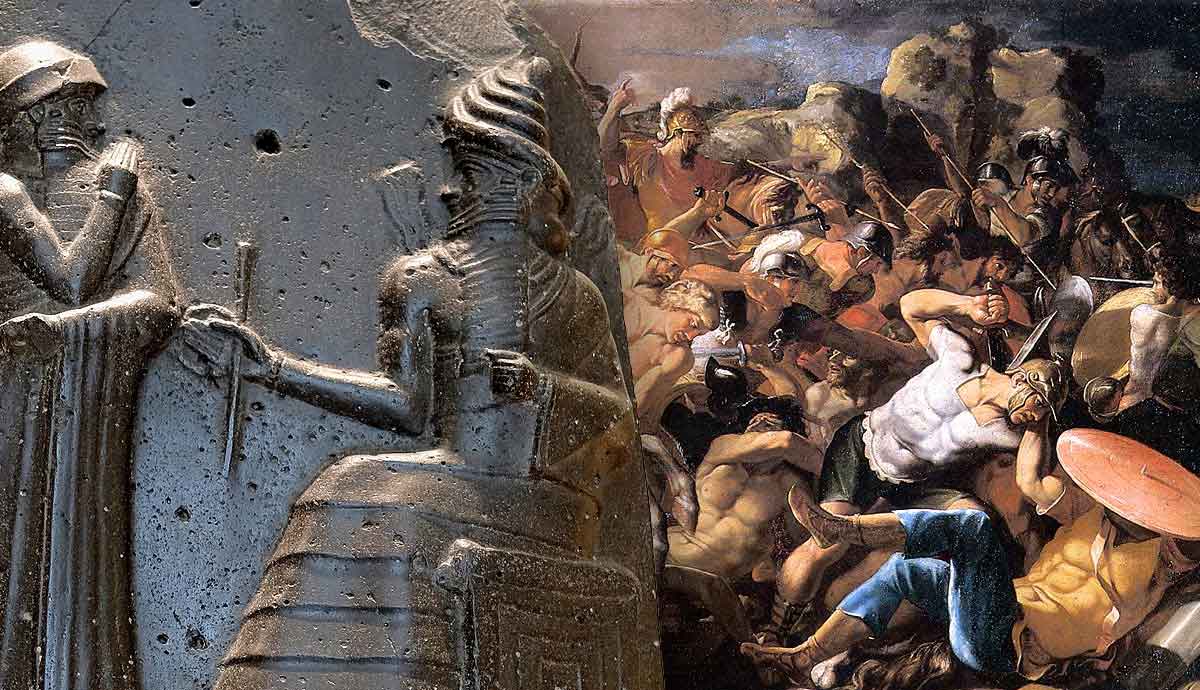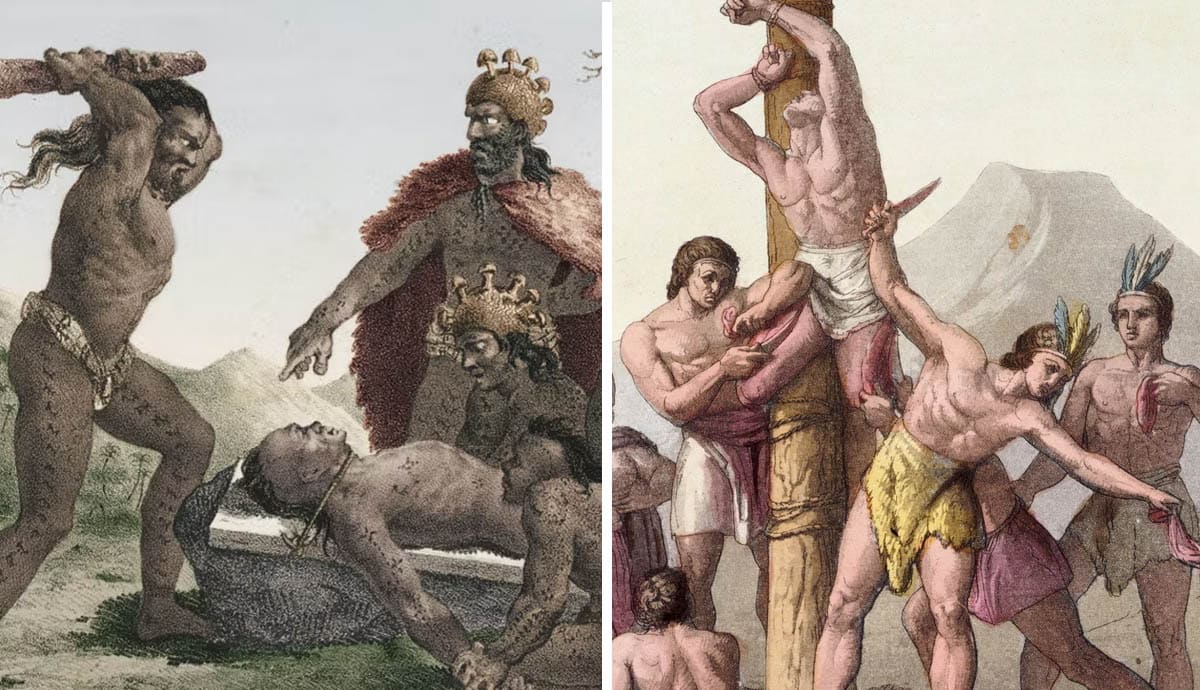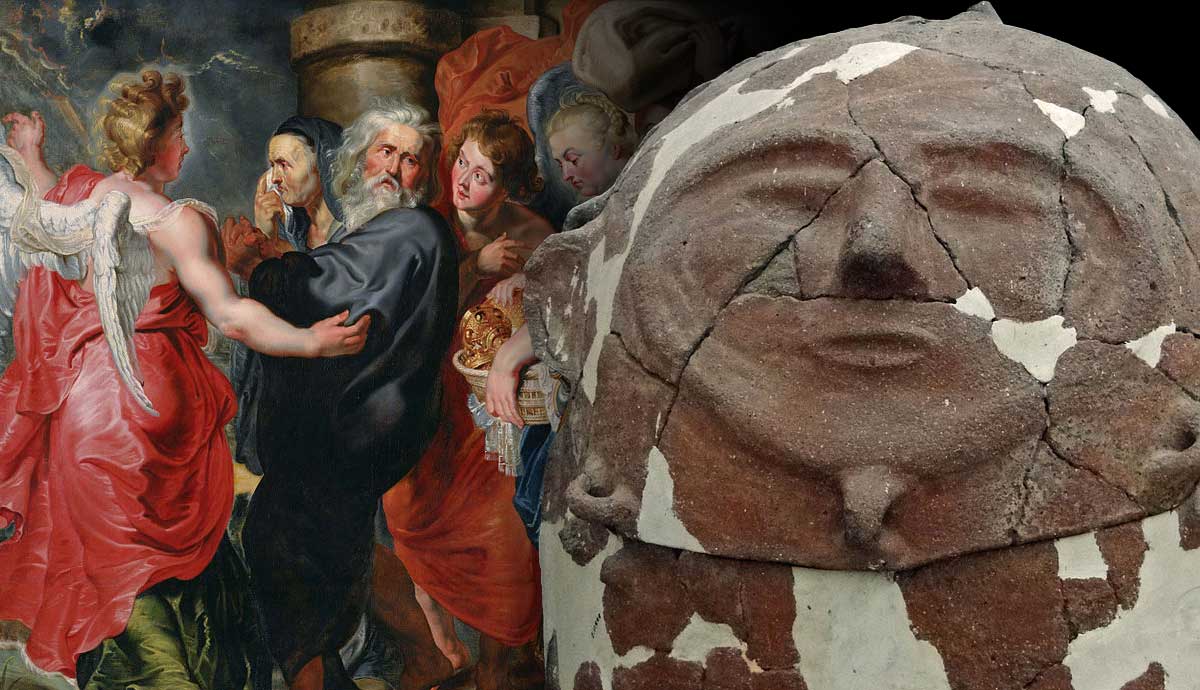
The Moabites and Israelites were distant relatives, with Abraham being the patriarch of the Israelites and Lot of the Moabites. The familial relationship, however, did not prevent the two nations from regularly being at war. Their first conflict occurred before the Israelites occupied the promised land, and later, the Moabites were Israel’s neighbors to their east, across from the Dead Sea and Jordan River. They joined forces against the Ammonites, but the campaign was unsuccessful.
Origins of the Moabites

The origin of the name Moab is uncertain, but some scholars have proposed that it means “from my father.” Considering the story behind Moab’s parentage, the patriarch of the Moabites, this meaning is significant.
According to the Bible, the Moabite nation was born from incest. When Lot escaped from the destruction of Sodom and Gomorrah, he fled to the hills above Zoar and lived in a cave with his two daughters. He was too afraid of living in Zoar itself. Fearing that they would not have the opportunity to marry and reproduce, the two daughters conspired to get their father intoxicated with wine so they could commit incest. They set their plan into action on two consecutive nights, and both fell pregnant. The oldest gave birth to a son and called him Moab. The younger sibling called her son Ammon. These two boys were the patriarchs of the Moabites and Ammonites (Genesis 19:30-38). Lot was Abraham’s nephew, who was the patriarch of the Israelites. The Israelites, the Ammonites, and the Moabites were distant cousins.
The Bible does not provide names for Lot’s daughters who fled with him, but in Midrashic sources and the Book of Jasher, Lot had four daughters. The other two were Paltith and Tashit, who were married to the sons-in-law that the Bible mentions in Genesis 19:14. Paltith has a Hebrew root that means “to escape” or “deliverance.” Tashit may come from the Hebrew verb “sim/tashit”, meaning “to place” or “to set.” These two sisters married and remained in Sodom, where they perished.
The next instance of the name Moab in the Bible after his birth narrative refers to the “country of Moab.” The Bible provides no further detail on the matter, and the reader is left with the assumption that Moab settled in that region and a nation grew from his descendants.
History of the Moabites
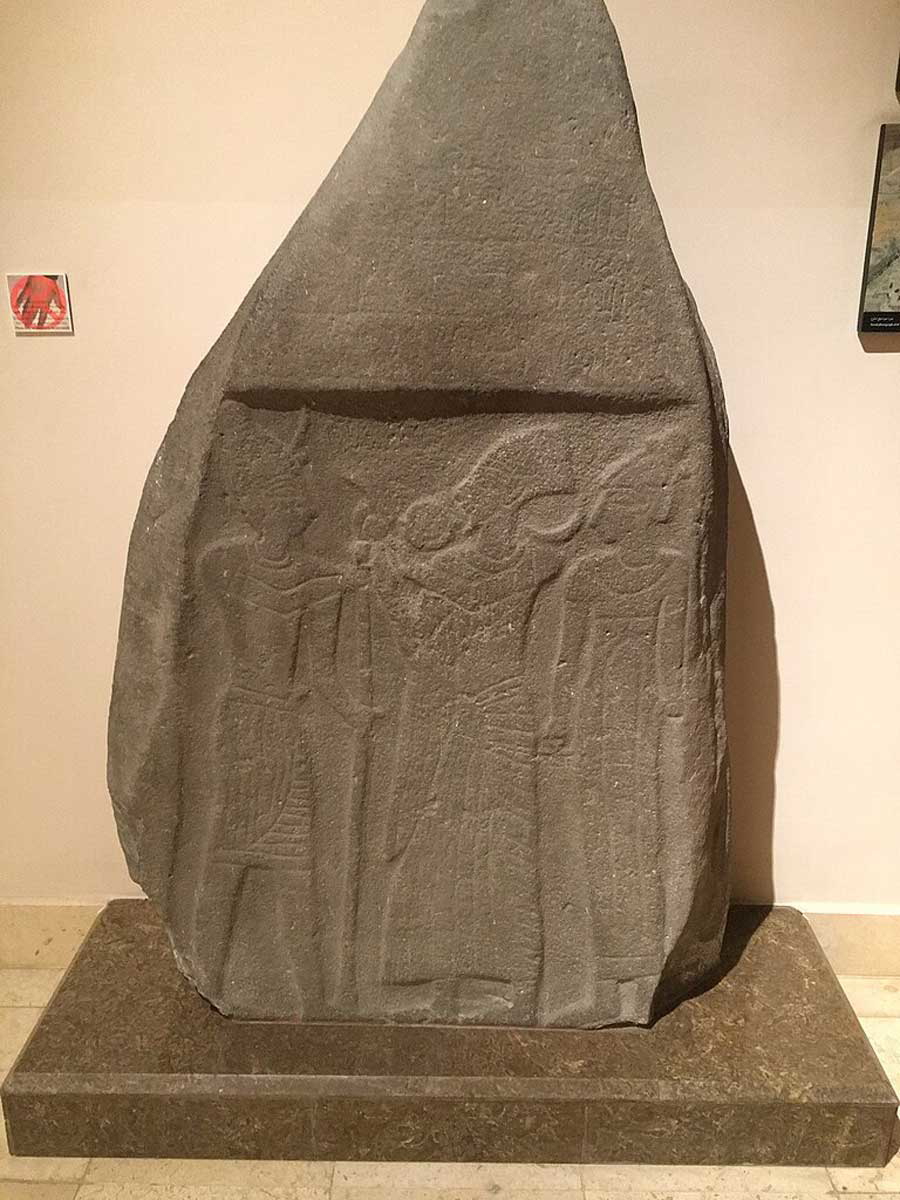
Archaeological evidence shows that the Moabites were part of the broader Canaanite culture of the Levant. They shared linguistic traits with the Hebrew and Phoenician languages.
Statue lists from Egypt dating to the 13th century BCE confirm the existence of the Moabites before that of Israel. The inscriptions describe a nation resistant to the control of the Egyptians. Depictions of the Moabites conform to that of the Canaanite people.
Later records from the 8th century BCE show they had conflicts with the Ammonites to their north. The Ammonites were the descendants of Ammon, the younger daughter of Lot, who had a son she named Ben-Ammi, which means “son of my people.” He became the patriarch of the Ammonites, according to Genesis 19:38.
The Mesha Stele, or Moabite Stone, provides insight into Moabite culture and their conquests in the 9th century BCE. It dates to around 840 BCE. It parallels 2 Kings 3, relating the same story from a different perspective. Frederick Augustus Klein discovered the Mesha Stele in 1868 in Dihon, Jordan. Dihon used to be the capital of ancient Moab. The 3-foot-tall stele was in the possession of Bedouins, and Klein informed scholars of the find. It sparked a flurry of offers from French and British powers who wanted to acquire the valuable artifact. When negotiations failed, the Bedouins broke the stele by heating it and pouring water over it until it broke into pieces.
Charles Clermont-Ganneau made an impression of the stele before the Bedouins destroyed it, allowing for a reconstruction. His action preserved the information it contained. Later, the French bought the largest fragments of the stele. Today, visitors to the Louvre can view the fragments.
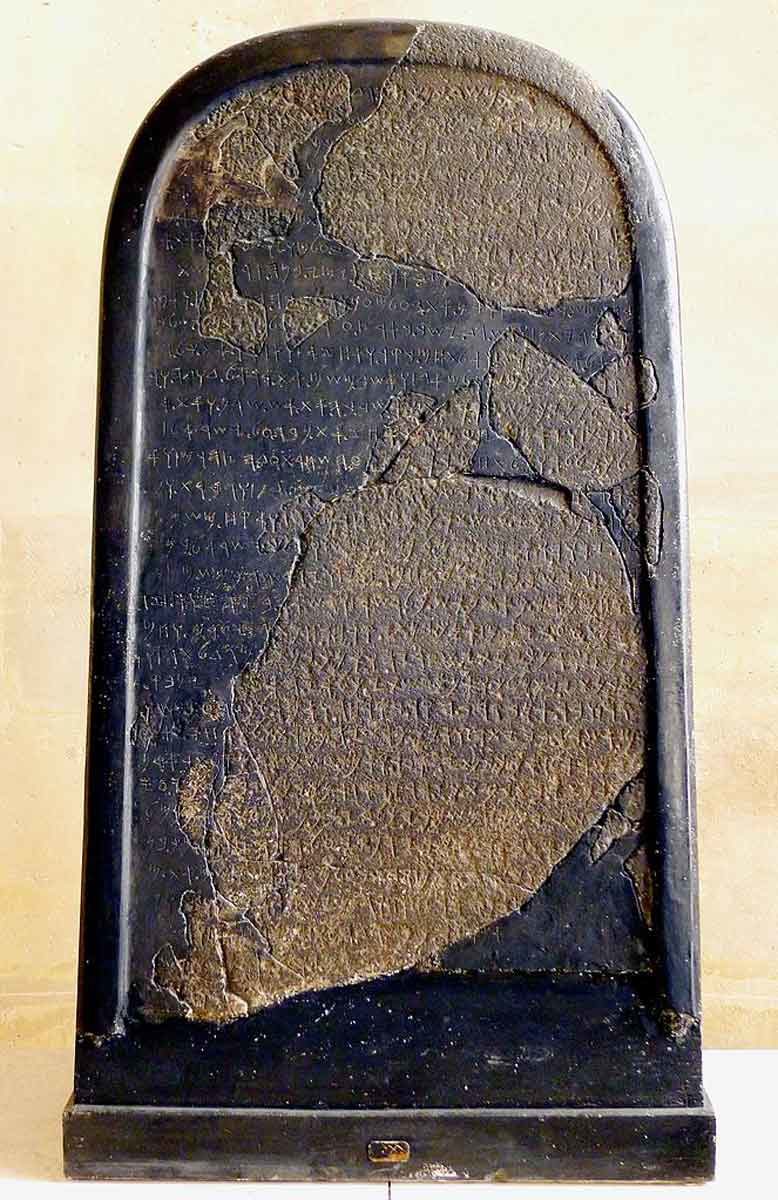
The stele provided valuable information about the worship of Chemosh, claiming that he helped Mesha gain victory over Israel. The stele verified the biblical narrative from 2 Kings 3, and it also contains the oldest known reference to Yahweh found thus far.
Like the other Canaanite nations, the Moabites worshiped many pagan gods. Their national god was Chemosh, and references to the “people of Chemosh” show he was their patron. As a warrior god, the Moabites believed that if they angered him, their enemies would subjugate them, but victory would show his favor. Chemosh worship included human sacrifice, which other Canaanite nations also practiced when worshiping Baal or Moloch. As the Moabite culture declined, so did Chemosh worship. The Babylonians, Persians, and Romans conquered the Moabites at different times in history, and they disappeared from the pages of history as other nations absorbed them.
The Moabites vs the Israelites
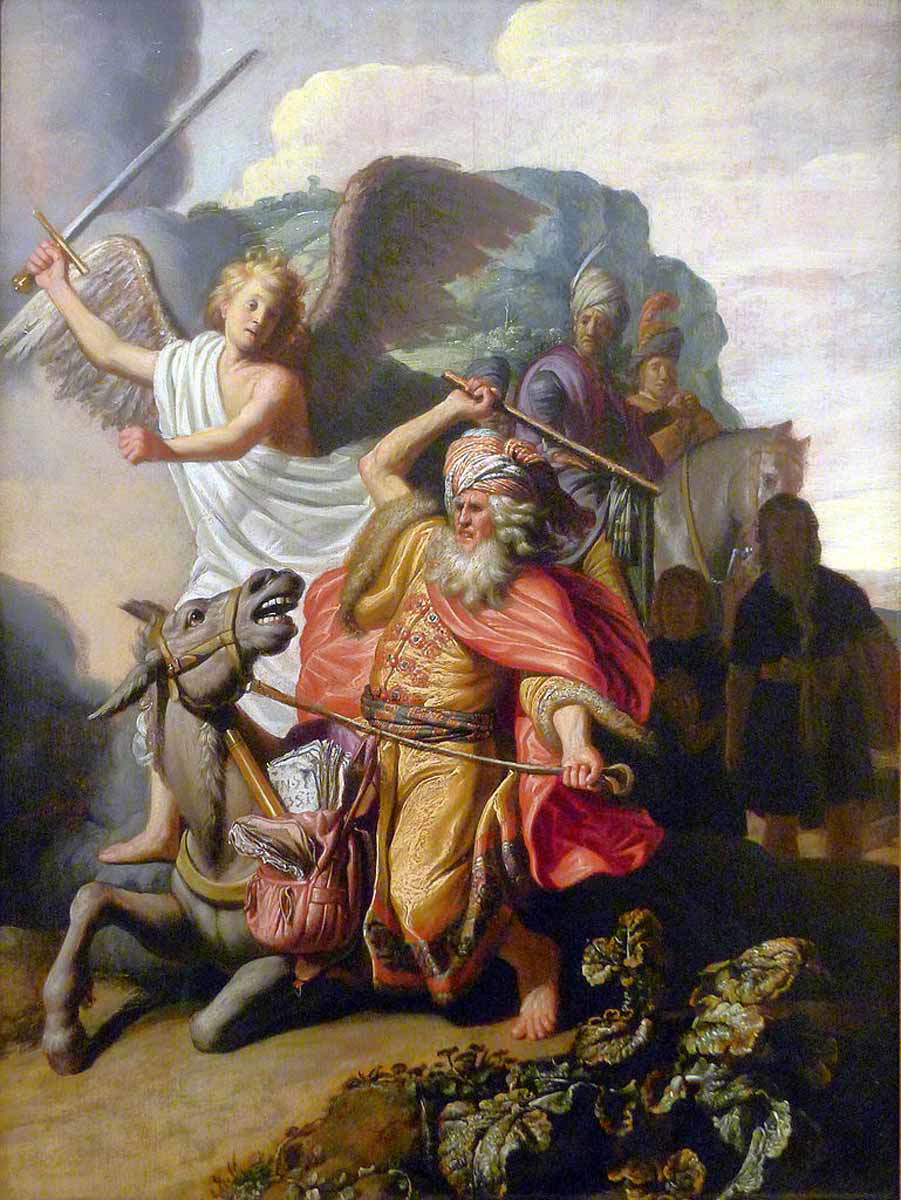
Numbers 22-25 detail the first conflict between the Moabites and the Israelites. The Moabite king, Belek, contracted the services of Balaam to curse the Israelites. The Israelites camped close to Moabite territory, and Balak considered them a threat due to their numbers and reputation as warriors. Balaam was unable to curse them, blessing them instead. Eventually, Balaam exposed their weakness to Balak, and the Moabite women enticed the Israelite men to commit sexual immorality with them and worship their gods. God punished the Israelites with a plague that killed 24,000.
Ruth, a prominent woman in the Old Testament, was of Moabite origin and became part of the lineage of the Messiah when Boaz took her as a wife. This story, detailed in the Book of Ruth, shows that people from any nation could become part of the people of God. Naomi and her husband, Elimelech, settled in Moab territory due to a severe famine in Israel. Their two sons married Moabite women. After the father and sons died, Naomi wanted to return to Israel and asked her daughters-in-law to return home. Ruth refused and chose to go to Israel with Naomi. Boaz, as the kinsman-redeemer, took Ruth as his wife. They had a son, Obed, who fathered Jesse, whose youngest son was David. Ruth was the great-grandmother of King David.

King Eglon of Moab allied with the Ammonites and Amalekites to conquer Israel and oppressed them for 18 years. Eventually, Ehud assassinated King Eglon by claiming he had a secret message for the king while he presented him with a tribute from Israel. Ehud hid a cubit-long double-edged sword by his right thigh under his clothes. When he was alone with the obese king in his chamber, Ehud thrust the sword so deep into the belly of the king that the hilt disappeared. Ehud locked the chamber door and escaped through the balcony. By the time the servants discovered the assassination, Ehud was long gone. Ehud led the Israelites in a rebellion that day, killing 10,000 Moabites and freeing his people from oppression (Judges 3:12-30).
Later, King Saul made war against the Moabites, and David’s family sought refuge in Moab when Saul was hunting David. David likely chose Moab because of his Moabite ancestry. When he became king, David made war with the Moabites. He made them a vassal state that had to pay tribute to Israel.
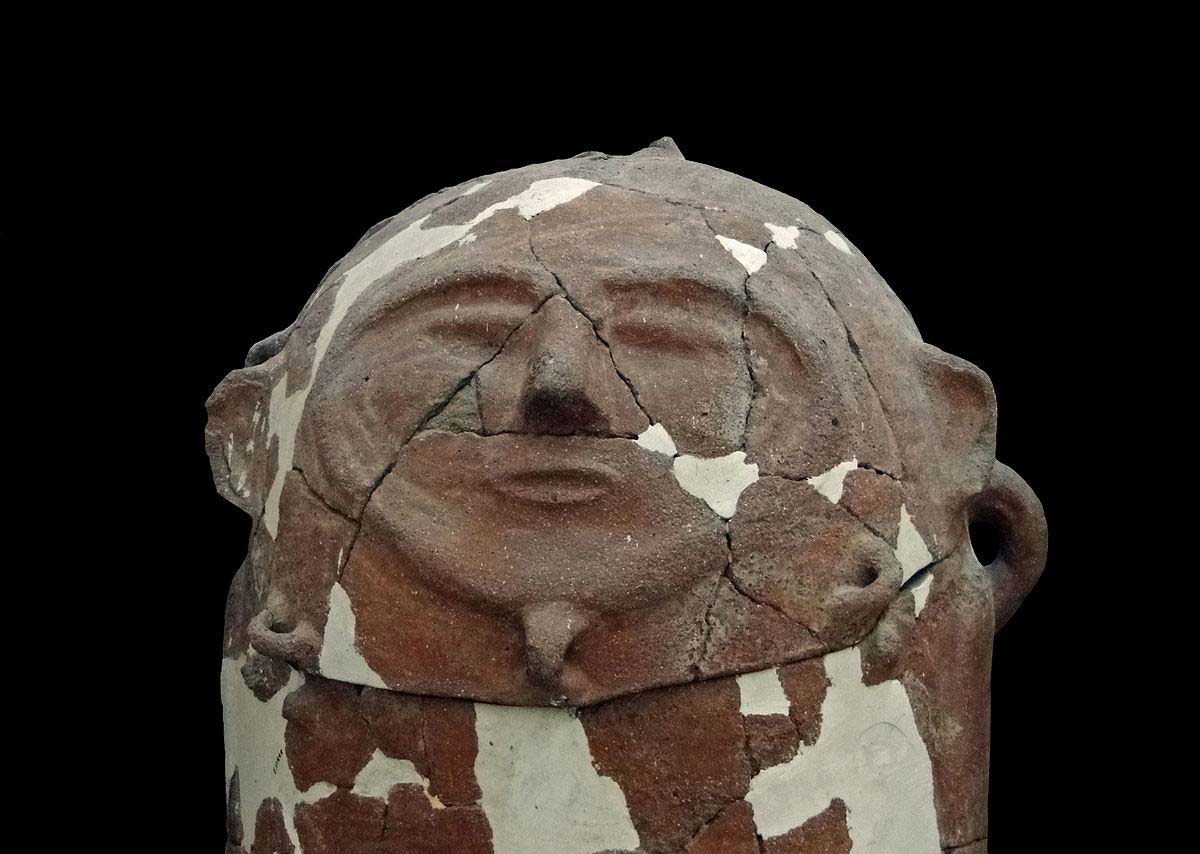
Later in Israelite history, Jehoram, king of Israel, Jehoshaphat, king of Judah, and the king of Edom, allied to subdue the Moabites who rebelled against Israelite oppression after the death of King Ahab. When the alliance against the Moabites almost defeated their enemy, Mesha, the king of Moab, sacrificed his son to Chemosh to gain his favor in battle.
The coalition forces withdrew and returned to their respective countries. The Mesha stele describes the event as a victory for the Moabites and attributes it to Chemosh. In stark contrast to the biblical account that ends in ambiguity with the coalition forces withdrawing and returning home, the Mesha Stele claims decisive victory in battle. The stele alludes to the sacrifice of Mesha’s son, while the Bible presents it as a pivotal event that changed the campaign.
In the Old Testament, the prophets Isaiah and Jerimiah prophesied the destruction of Moab. It would not be by the Israelite nation but by the Assyrians and the Babylonians. When the Babylonians conquered Judah in 586 BCE, Moab no longer existed as a nation. When the Persians conquered the remnants of the Moabite nation, it became a province of Arabia, and when the Greeks took over from the Persians, the Moabites were no longer a distinct group. By the Roman era, the Nabataeans or Arabs occupied the former Moabite territory. By then, the Moabites had fully assimilated into neighboring cultures.
